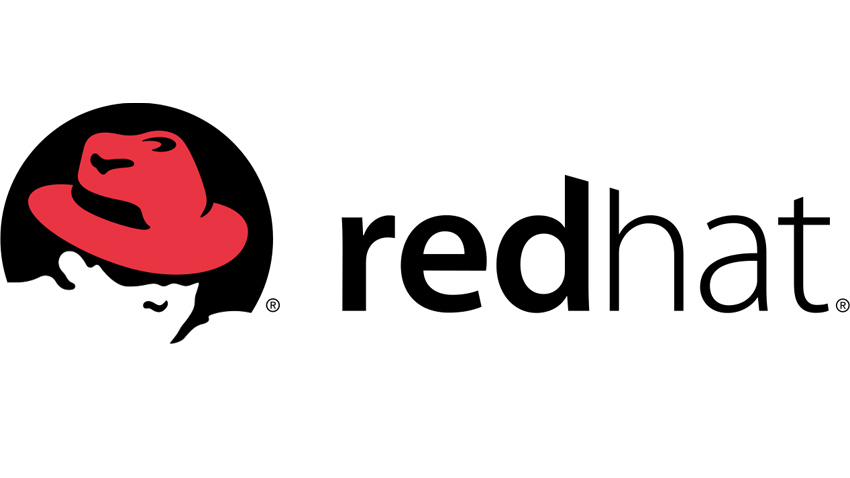Recently, Red Hat, an open-source software vendor company, announced its final quarter earnings, showing the world that it was pulling ahead in terms of Telecoms. Explaining why the sector has become so essential for a company that’s more commonly associated with middleware and enterprise Linux, Darrell Jordan-Smith, VP of ICT and global telecoms shared his thoughts.
According to Darrell, while software is becoming increasingly important to Certified Service Providers (CSPs), they don’t believe that enterprise software is a core competence, which means they need outside help. Most CSPs are now looking into open source services to help them reduce their software costs, and reap the various benefits of innovation. Telcos don’t always have large budgets for R&D, but with open source solutions, they can access more developers within the software-defined world.
Meeting Emerging Software Needs
The coming software development of various telecoms features like SDN and NFV is considered to be an inevitable part of growth in the industry. However, CSPs are acutely aware of just how complex these developments are. Red Hat works to bring all the various parts of the software together seamlessly. As Jordan-Smith noted, having a partner ecosystem in place that supports operators for stitching together software in a predictable and scalable way is crucial. Red Hat partners with Cisco, Nokia, Ericsson, and Huawei to address the complicated issues that operators have with networking.
Today’s big kit vendors are keen to assist their CSP customers with emerging software demands – not just in traditional areas like OSS/BSS, but also in virtualization and the important areas that will be required to make things like IoT and 5G work. Red Hat’s model as an open-source solution will mean that they essentially give software to their community for free, then use their expert position to offer services to users of that software.
The Upstream-First Model
Red Hat basically builds technologies that support Telcos as they move into a more software-based world. The company is one of the largest contributors of crucial upstream technologies for these movements, such as KVM for virtualisation, JBoss for software and middleware, and OpenStack for cloud computing.
As an upstream-first solution, Red Hat don’t design proprietary versions of software, which means that operators can choose whatever tech best delivers solutions to their needs at any given time – helping them to be more flexible and agile. All of this has been part of the Red Hat model for a while now, and it seems that the company was simply in the right place, and at the right time when it comes to serving the needs of CSPs.
In his comments regarding the Q4 earnings, the CEO for Red Hat, Jim Whitehurst, announced that Telecoms was once again a big area for the company, where they had managed to close a number of great deals with global providers. The fact that telecoms was the biggest vertical for a middleware and enterprise Linux company just goes to show that telecoms and IT are converging more than ever, defining the current technological era.







